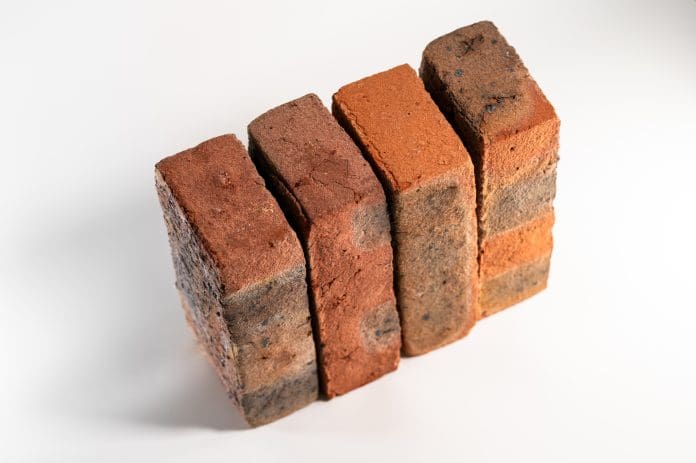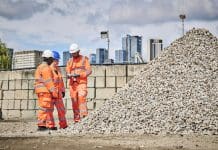Produced by Michelmersh, the world’s first 100% hydrogen-fired brick is now on display at the London Science Museum
Produced by Michelmersh with expert insight from the Greater South East Net Zero Hub (GSENZH), the hydrogen brick or ‘HyBrick’, produces 81-84% less carbon emissions in the manufacturing process.
The design comes from using green electrolytic hydrogen to fire the kiln, a modification John Taylor, energy projects manager at GSENZH, conceptualised and recommended.
He said: “Construction is an essential part of our livelihoods. Innovating and decarbonising the industry is vital in our journey to reach net zero.
“By swapping natural gas for hydrogen, we can significantly reduce the carbon emissions in the brick-making process.
“We are delighted to be involved with this fascinating project by Michelmersh.”
Creating more sustainable bricks could transform the construction industry
GSENZH supported Michelmersh to secure funding from Business, Energy and Industrial Strategy (BEIS) to conduct the feasibility study into replacing natural gas with hydrogen.
Michelmersh’s project presents opportunities to heavily decarbonise production of clay bricks.
Using renewable electricity to separate water into hydrogen and oxygen through a method called electrolysis, the hydrogen is used instead of natural gas to power the kiln.
Sarah Le Gresley, innovation director at Michelmarsh, said: “The HyBrick project resulted in the world’s first 100% green hydrogen-fired clay bricks and proved between 81-84% less emissions compared to natural gas and therefore showcasing a possible route to decarbonisation for the future of brick manufacturing.”
You can see the world’s first hydrogen brick in the London Science Museum now
HyBrick is currently on display at the Science Museum in London, as part of its Energy Revolution: The Adani Green Energy Gallery exhibition.
The project involves a panel of experts from Michelmersh, GSENZH, Hydrogen Sussex, Limpsfield Combustion, Net Zero Associates, the University of Brighton, FT Pipeline Systems, Geopura and Safety Monitors.














